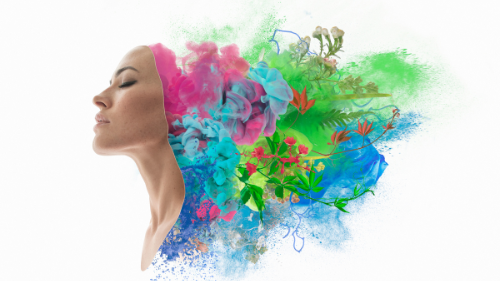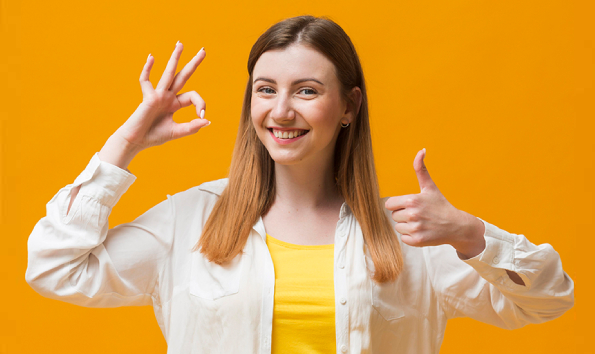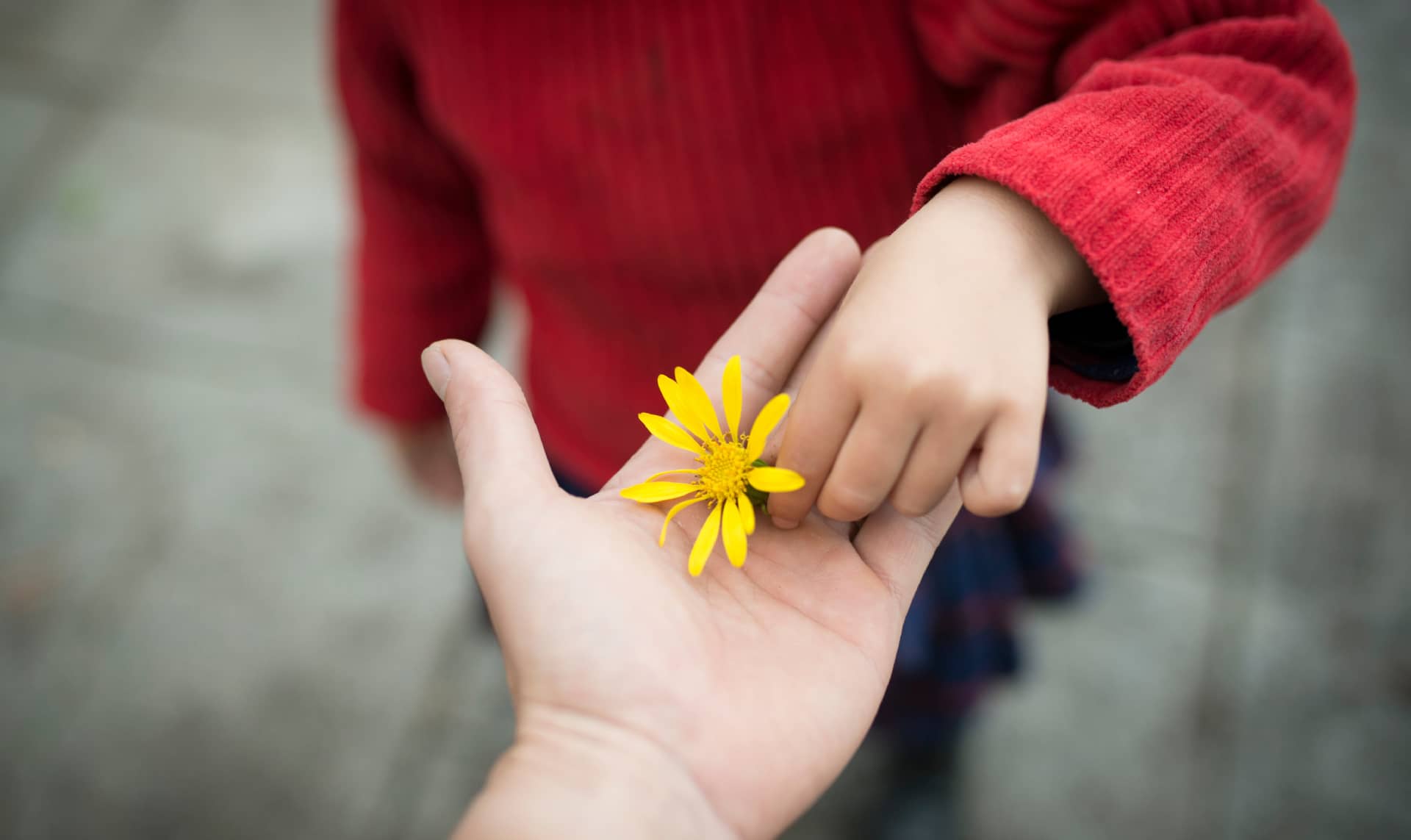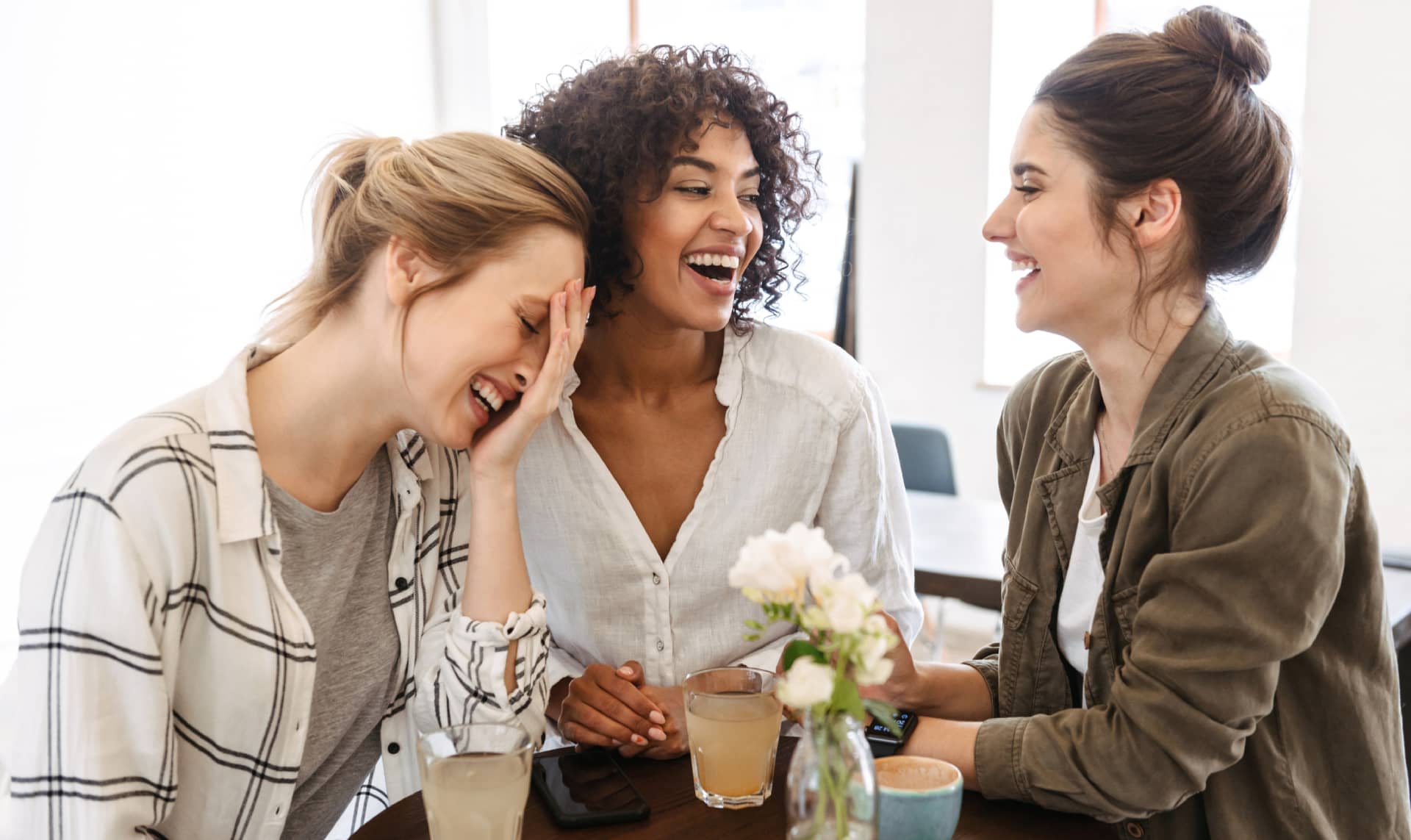How Colors Influence Our Attitude And Emotions
Color psychology has researched the significant influence that colors have on our feelings and actions. Here, we examine how various colors affect our emotions and day-to-day behaviors.
Blue
It is well-recognized that this hue fosters peace and tranquility. It is frequently utilized in spaces like workplaces and bedrooms where you want to promote calmness and focus. Blue fosters a more stress-free and efficient work atmosphere.
Red
The color red arouses vigor and desire. It can raise blood pressure and pulse rate, which is perfect for athletic tasks that call for energy. Nevertheless, overuse may raise stress or aggressiveness levels.
Green
This hue is linked to peace and the natural world. Like blue, green is supposed to help reduce tension and encourage relaxation, but it also exudes a distinct sense of freshness and rejuvenation.
Yellow
Yellow is a happy and creative color that is invigorating and motivating. It's a great color for areas where you need to encourage creativity, yet some people find it too harsh in really brilliant hues.
Orange
Orange is a stimulating hue that may boost life and energy, much like red. It is frequently used in gyms and fitness facilities to encourage physical activity since it is less abrasive than red.
Purple
Purple is often linked to spirituality and wisdom, and it may promote introspection and emotional depth. It works well in meditation areas or other places where one wants to feel inspired and at ease.
White
While white may promote clarity and openness, it also communicates purity and cleanliness. Overuse of white can make one feel aloof and alone.
Black
Black is frequently linked to refinement and authority, however it may also evoke negative or depressing emotions. It is recommended to use it sparingly and pair it with colors that create harmony.



